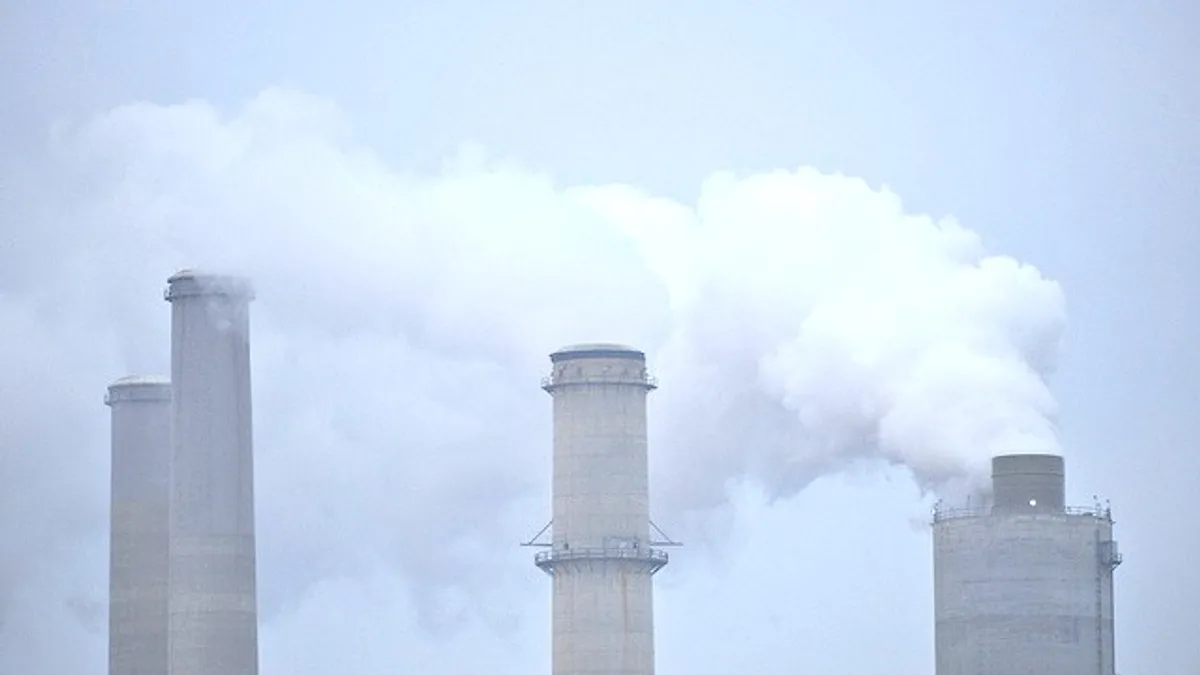Dive Brief:
- The Environmental Protection Agency missed a Monday deadline to publish new designations for which areas in the U.S. fail to meet new, stricter ozone standards finalized under the Obama administration.
- The agency earlier this year tried to delay publication of the new designations, but agreed to post them by Oct. 2 after lawsuits from environmental groups and Democratic-led states.
- The agency says it continues to work with states on the designation process. Green groups expressed concern that the EPA may simply refuse to enforce the standards, and threatened to sue.
Dive Insight:
The Obama-era national ambient air quality standards for ground-level ozone, finalized in 2015, tightened pollution limits from 75 parts per billion (ppb) to 70 ppb over a one-hour exposure period.
Ozone a main component of smog, can cause respiratory problems, particularly in vulnerable populations. The American Lung Association estimates the new standard could prevent up to 660 premature deaths and 230,000 asthma attacks annually.
Conservative states and industry groups challenged the plan in 2016, calling the standard "unachievable." The D.C. Circuit Court of Appeals put that case on hold in April after the Trump administration said it would review the rules, and in June EPA proposed a one-year hold on the standards.
That delay was short-lived. After 15 states sued the agency, EPA withdrew the hold in August and promised to publish information on which areas of the country met the new standards by Oct. 1. That deadline was extended to Monday due to the weekend.
But Monday came and went with no word from EPA. The Sierra Club and other green groups immediately threatened lawsuits, and an EPA spokesperson told the Washington Examiner it continues to "work closely with the states to work through the designation process for the 2015 ozone standard."
The 70 ppb standard represented the most lenient option offered by a panel of EPA science advisors following a review of ozone's health impacts during the Obama administration. Environmental and public health groups pushed for a more stringent standard, between 60 ppb and 65 ppb, and the finalized rule followed an extensive lobbying campaign from the utility industry and its trade group, the Edison Electric Institute.
In their lawsuit to stop EPA's one-year delay, state attorneys general argued that designation of so-called non-attainment areas "play a key role under the Clean Air Act in addressing smog’s serious threat to public health."













